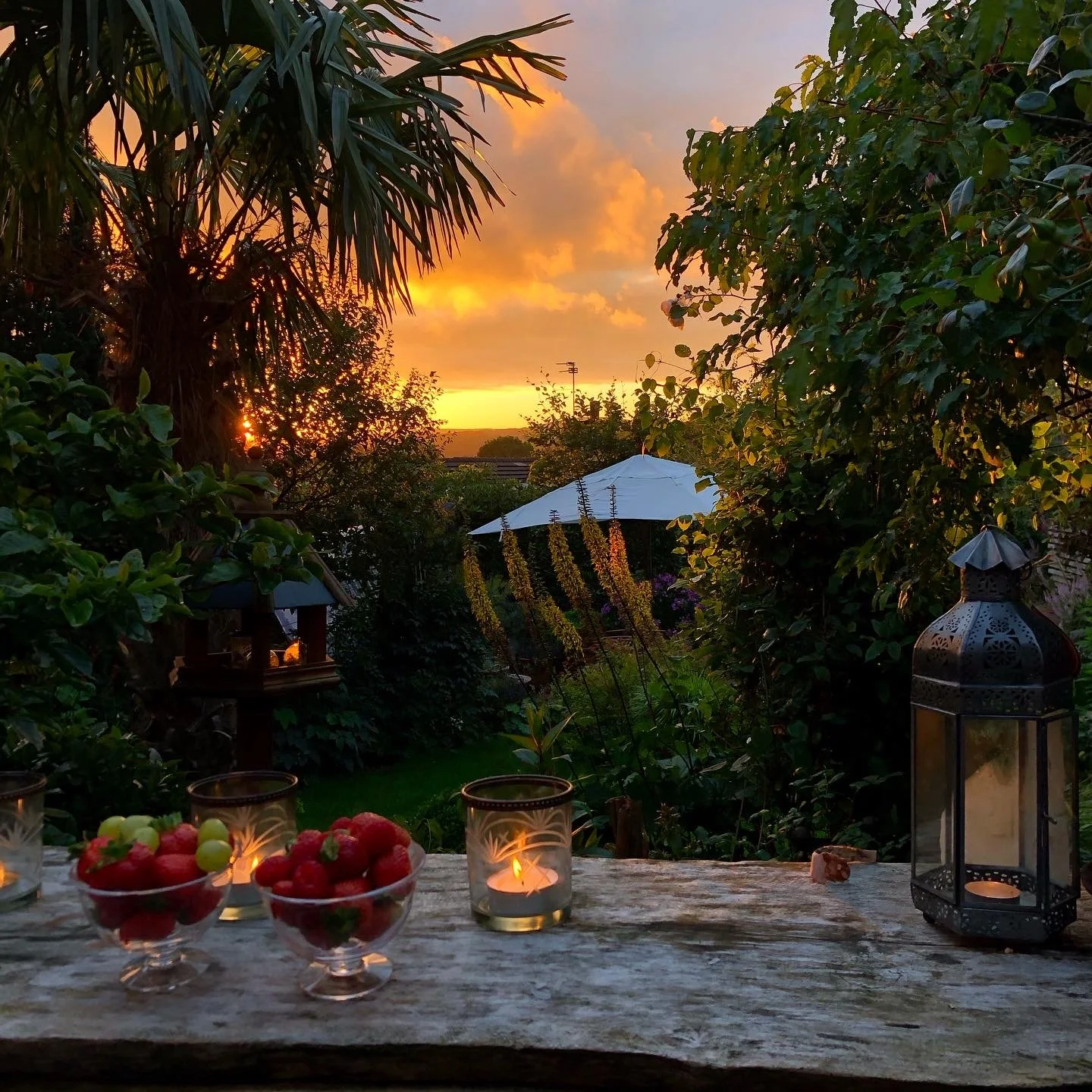How we light our gardens at night can have a massive impact on the wildlife around us and deserves to be considered carefully. We have hundreds of night pollinating insects that set to work as we sleep. Ensuring their work is undisturbed as much as possible by our garden lighting solutions is something we all need to aim for.
There is growing research into how damaging light pollution can be to nocturnal insect habits and gives an insight into to why there has been a steady decline in their numbers [amongst other factors like the loss of habitats, pollution, use of toxic chemicals and climate change]. Research, led by the late PhD student Douglas Boyes from Newcastle University, observed that the newer, white light emitting, LED street lamps have a far greater negative effect on local biodiversity and ecology then the older amber emitting sodium lamps. Some councils have started trialling part-night street lights to help reduce energy and carbon emissions. Lights are turned off between 1am and 5am which consequentially helps to reduce the negative impact on our night-shift pollinators. Callum J MacGregor is one of the main scientists in this field at the moment and has carried out research to show that just by turning lights off for part of the night will help re-address this balance.
I’m sure we have all observed a moth fluttering around a light at night. I remember as a kid on camping trips, the bathroom facilities were always a magnet for nocturnal insects. It is this behaviour, the allure of the bright light that distracts them [it messes with their navigational system] from getting their night-shift work done. Moths in particular are responsible for pollinating a range of plants and research carried out by the University of Central London suggests that moths are far more complex pollinators than bees. Moths will visit the same plants as bees, butterflies and hoverflies but will also visit plants that the day-shifters miss.
These are just a few UK based pieces of research that tell us how important nocturnal insects are and how bad white LED lighting is for our local biodiversity. There are plenty more papers out there and not just UK based; global research is revealing the same observations.
Pollinators are undeniably one of the keys to our existence and survival. The idea that we can individually choose to safeguard their future just by assessing what lights we put in our gardens is empowering. Garden and landscape designers have a little bit more weight as they can direct the lighting specifications of their client’s garden spaces. I have devised a checklist to work to for a limited impact scheme that will help our night-shifters crack on with their jobs…
• Do not use bright white or blue LED lights. Choose warm white to reduce harshness …after all [and this has to be said] it is a relaxing ambience we are looking to create in our gardens and not the mood of an operating theatre.
• Select lights based on lumens rather than wattage. Most outdoor lighting needs 100 to 300 lumens. The lower the lumen = the dimmer the light it emits = a much more subtle scheme.
• Reduce the number of light fixtures you think you might need. You don’t have to light up every tree, fence panel, wall or other vertical structure in your garden. Use minimal spotlights as they usually point light upwards. Experiment on moving them into a position that keeps the light from pointing directly up.
• Use downward facing lights and ground lights to illuminate steps and pathways … and don’t feel the need to light up every step, every other will be sufficient. Ground lights can also be set within a border edge allowing plant foliage to soften the light and create more shadow and interest.
• Do not keep lights on all night. Put them on a timer or only switch them on when you are in or looking out onto your garden space.
• Security lights tend to be the worst offenders for pollution. If you feel safer with them please select ones that are motion detecting and make sure that the lamps are safely contained within a unit…and again avoid the bright white/blue LEDs.
• One of my personal favourite ways of lighting my garden is by simple candle lit lanterns. A tea light will last around 3-4 hours before they go out, unless you buy the longer burning ones which will take you to around 8 hours. I hang the lanterns up in a tree, line my pathway and place on tables.
• Solar warm white lights is another option although the longevity of these is a bit hit and miss. You can also switch these off so you can control when they come on… ie maybe don’t leave them to come on every night 365 days a year.


